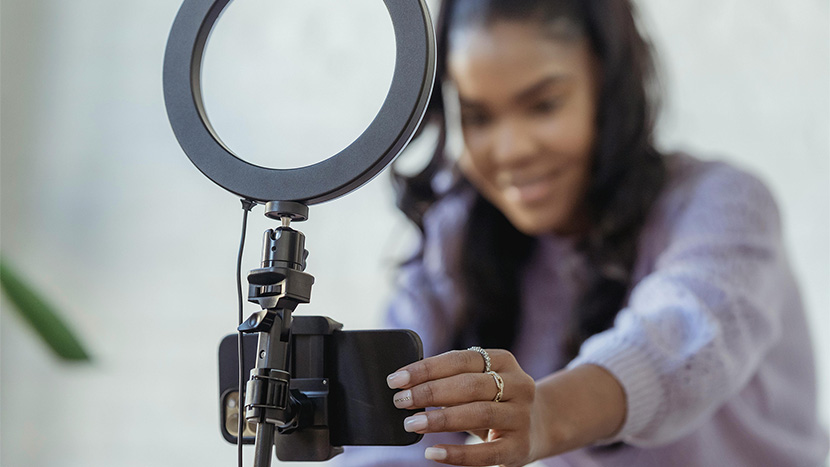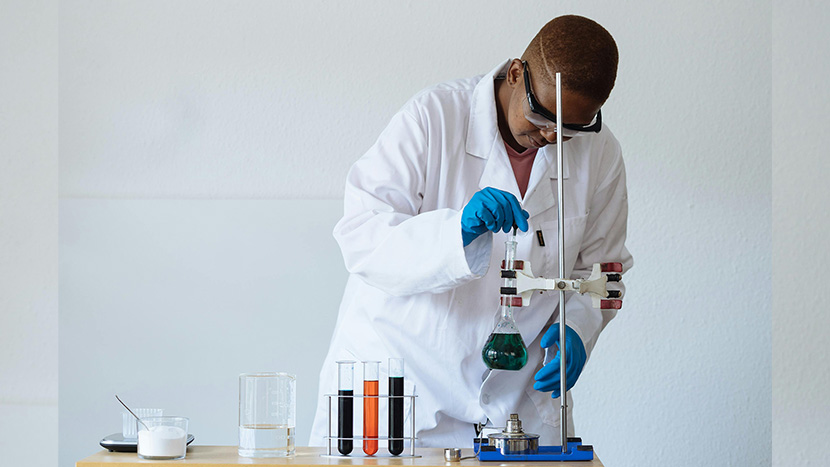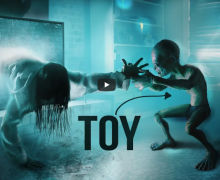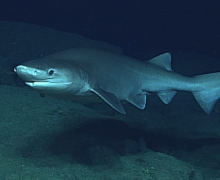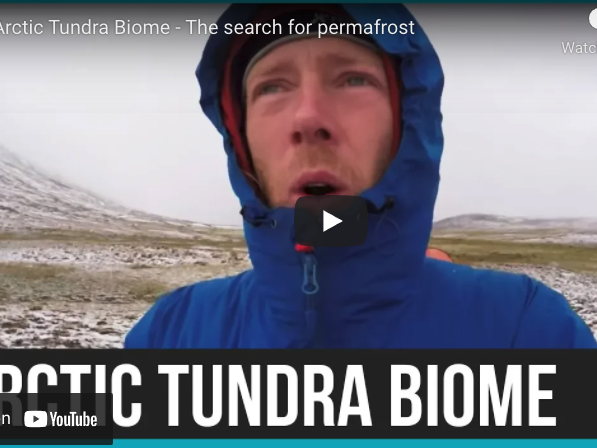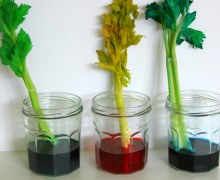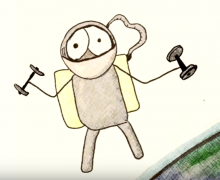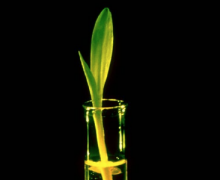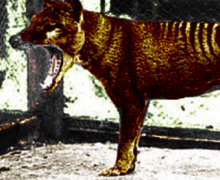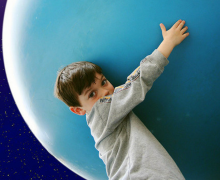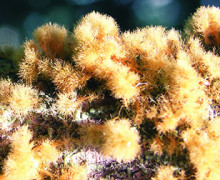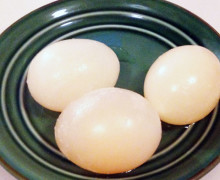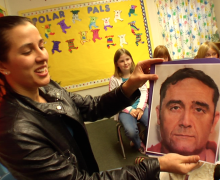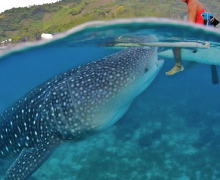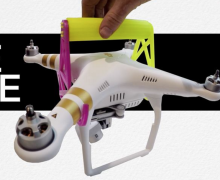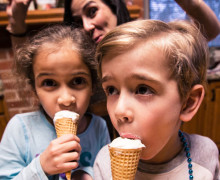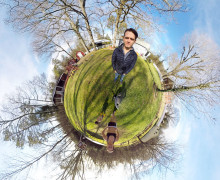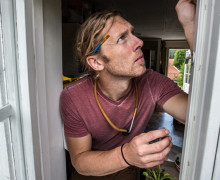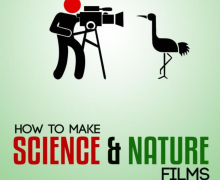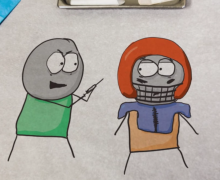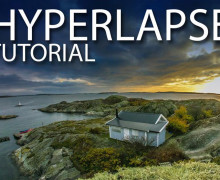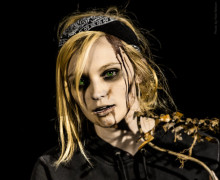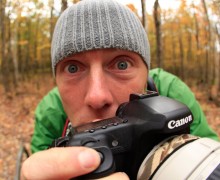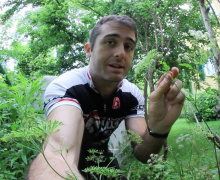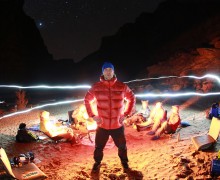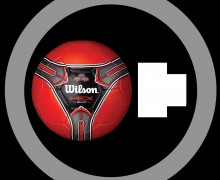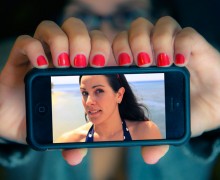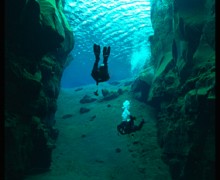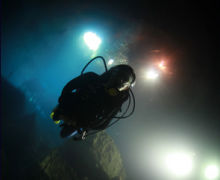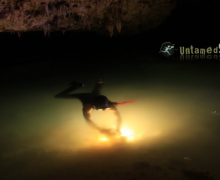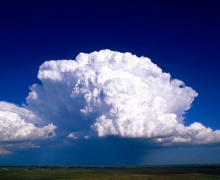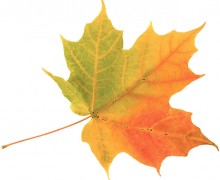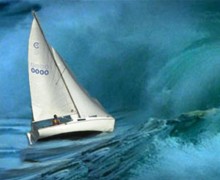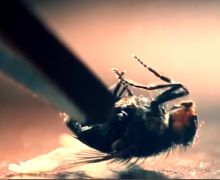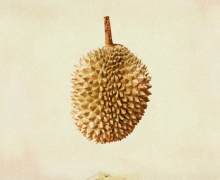The Rise of Science Influencers and What Brands Can Learn From Them
Science meets social media
Science isn’t just for labs and lectures anymore. It’s showing up on TikTok, Instagram, and YouTube—served with humor, fast cuts, cool visuals, and big personalities. Science influencers are making chemistry, biology, and physics go viral. And people are actually watching. Some are even following these creators religiously, waiting for their next experiment or myth-busting video. It’s not surprising. These creators are good at making hard stuff easy to get.
They’ve carved out their own space online, building loyal followings along the way. What used to be textbook-heavy content is now fast, fun, and totally bingeable. And it’s catching attention—not just from curious viewers, but from brands too.
Brands that get it are already working with these creators. Others are watching from the sidelines. But the smart ones are paying close attention. Science influencers aren’t just riding a trend. They’re creating one.
Why science influencers are blowing up
Science creators bring something most influencers don’t—credibility. People believe them. They trust the facts. When a science influencer says something works, it doesn’t feel like a sales pitch. It feels like the truth. That trust is gold for brands trying to reach smarter audiences.
What really makes them click is how they explain stuff. Think about watching someone build a working jet engine from scrap—or break down how vaccines work using jellybeans and marbles. These creators are turning abstract ideas into things you can actually see. And because of that, people keep watching.
They’re also excellent storytellers. They take a topic like black holes or the science behind anxiety and shape it into a story. They build suspense, use everyday language, and sometimes throw in jokes or pop culture. The result? Content that teaches without feeling like a lesson.
Some influencers come from a science background. Others just love science and got really good at explaining it. Either way, they all know how to keep their audience curious and coming back. And that’s exactly what brands want—someone who can hold attention and build trust.
Where science content is thriving
TikTok is a big one. Short videos. Big personalities. Fast-paced edits. It’s perfect for science tricks, mind-blowing facts, and quick experiments. Some influencers do nothing but film reactions to cool science news. Others teach in 60 seconds. And people love it.
YouTube is still the go-to for longer stuff. Explainer videos, animations, deep dives into topics like the physics of skateboarding or the chemistry of cooking. It’s where creators can break down ideas without rushing. Some science YouTubers have millions of subscribers and earn full-time income from ads, sponsors, and merch.
Instagram plays a supporting role. Think infographics, behind-the-scenes shots, and reels that extend TikTok content. It’s more polished, but still effective—especially for brands looking to highlight products or partnerships in a clean, curated way.
Even LinkedIn has become a quiet hub for science professionals. Some researchers and science educators are turning their work into posts that get thousands of likes and comments. It’s less viral but more credible, which works well for B2B collaborations.
Companies like Social Boosting often help with the performance across these channels and help brands reach more followers. It’s not just about who’s popular anymore. It’s about who fits your message.
Why brands are starting to pay attention
Science influencers don’t usually scream “sales.” That’s part of the appeal. Their content feels like advice from a smart friend—not a pushy ad. So when they talk about a brand or a product, people listen. And more importantly, they believe it.
These influencers often have smaller but more engaged audiences. A science creator with 100,000 followers might get more real traction than a lifestyle influencer with a million. That’s because their fans are tuned in, curious, and not just scrolling for fun.
Brands that sell tech, education tools, wellness products, or anything eco-friendly are a great match here. These creators love gear that solves problems or supports learning. Give them something that connects with their niche and they’ll turn it into content that works.
It’s not about flashy sponsorships. It’s about fit. That’s why the best collaborations happen when brands let creators stay authentic. Instead of scripting the message, they trust the influencer to do what they do best—make it interesting, make it real, and make it stick.
What brands can learn from how they work
Science creators know how to explain things. That’s their superpower. Brands should take notes. If your product needs explaining, don’t skip the story. Break it down. Use analogies. Be visual. Make it fun.
They also know how to keep things honest. They admit when they don’t know something or when something doesn’t work. That honesty builds loyalty. Brands that want the same should stop chasing perfection and start embracing transparency.
Another big thing? Consistency. Most science influencers post regularly, follow a format, and speak in a familiar voice. That keeps followers engaged. Brands that jump around too much lose people fast. Pick a voice. Stick to it.
Also, these creators love experimenting. Not just with chemicals, but with content. They test what works, tweak what doesn’t, and keep trying new stuff. Brands that treat their content the same way win more often than the ones who just post and hope.
And finally, they connect. They reply to comments. They feature their fans. They start conversations. It’s not just content—it’s community. And that’s something every brand wants but not every brand earns.
What’s next for science creators and brand deals
Science content is only getting bigger. More creators are showing up. More brands are starting to reach out. And the tech is catching up too. We’re seeing AR effects used in videos, AI-generated visuals, and more interactive formats.
Even classrooms are using science influencer content to teach. That means more teachers, parents, and students are getting exposed to these creators—opening even more doors for brands that sell to those groups.
And with platforms like TikTok rewarding educational content, the chances of science content going viral are still strong. The algorithm favors value. And science, when explained well, is pure value.
It’s not just a trend anymore. Science influencers are becoming part of how people learn and trust online. Brands that want smart, authentic connections are already knocking on their doors. The rest should catch up—fast.

